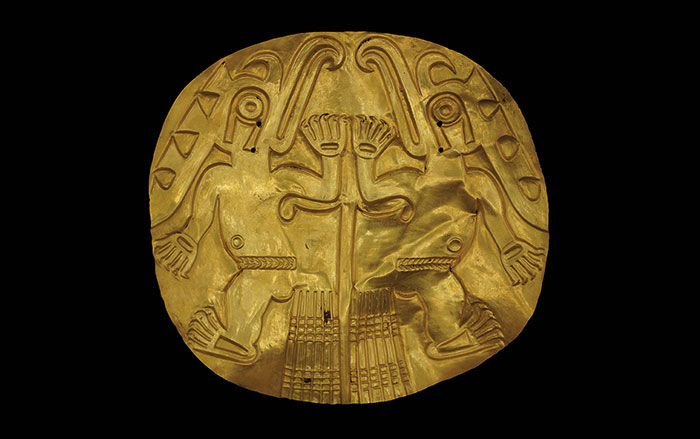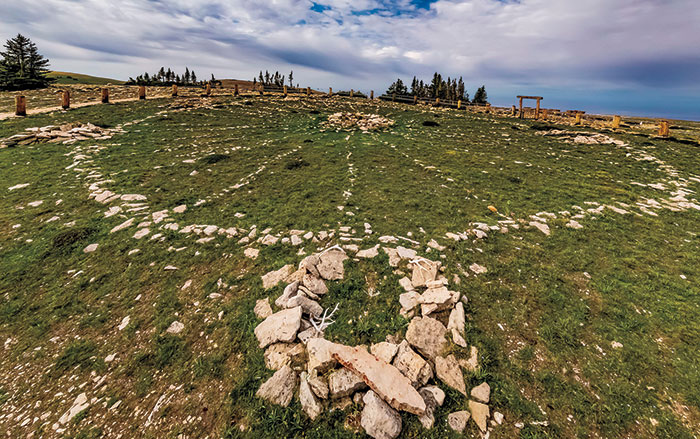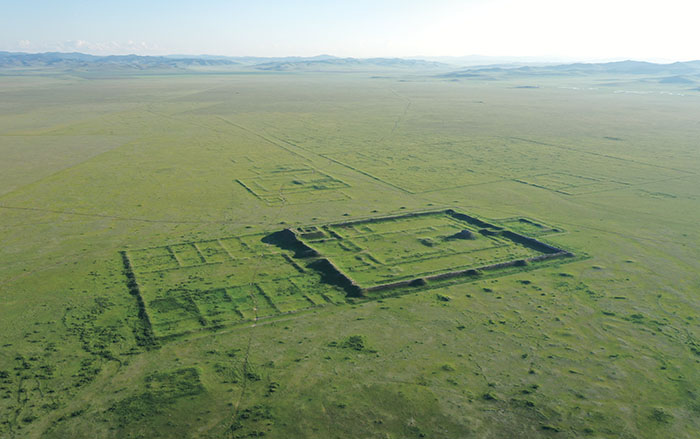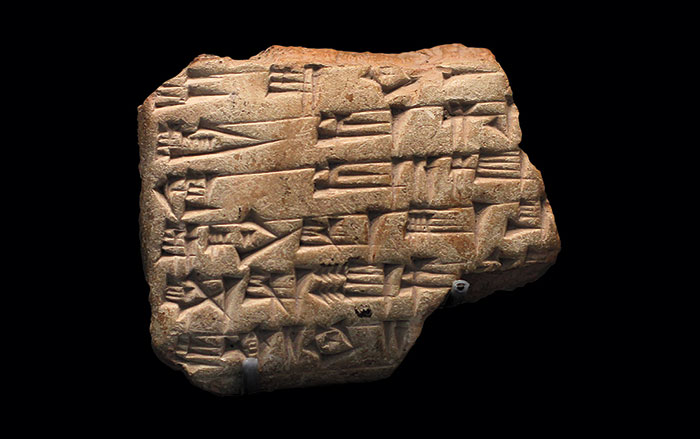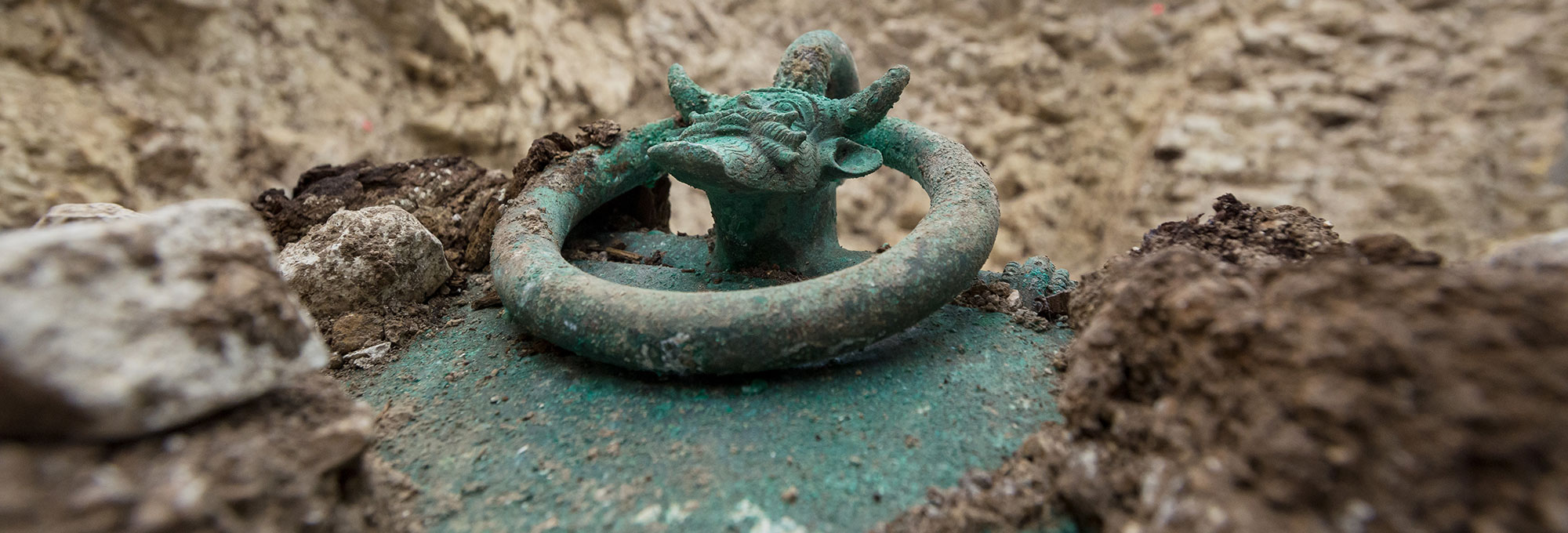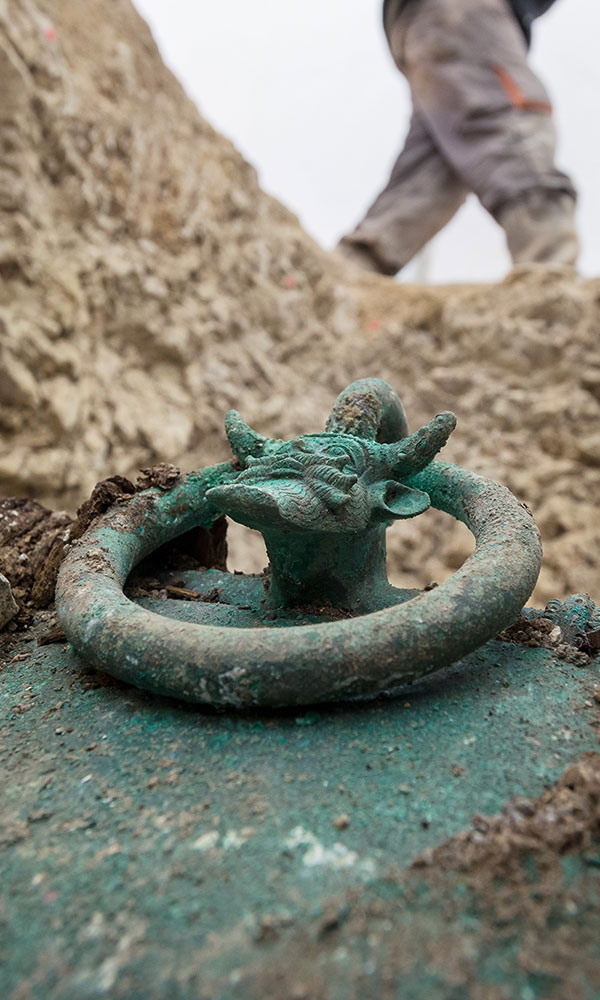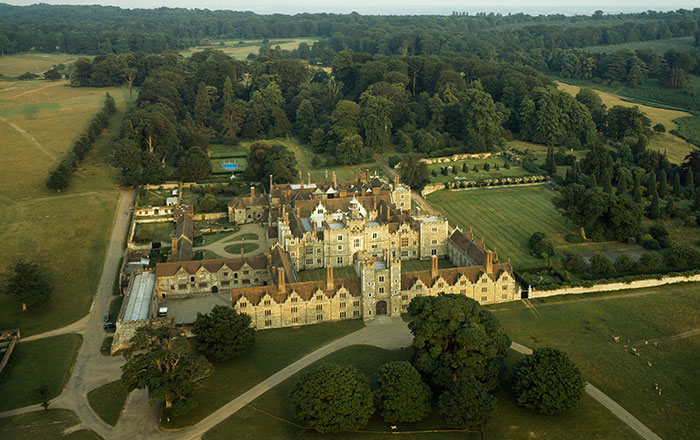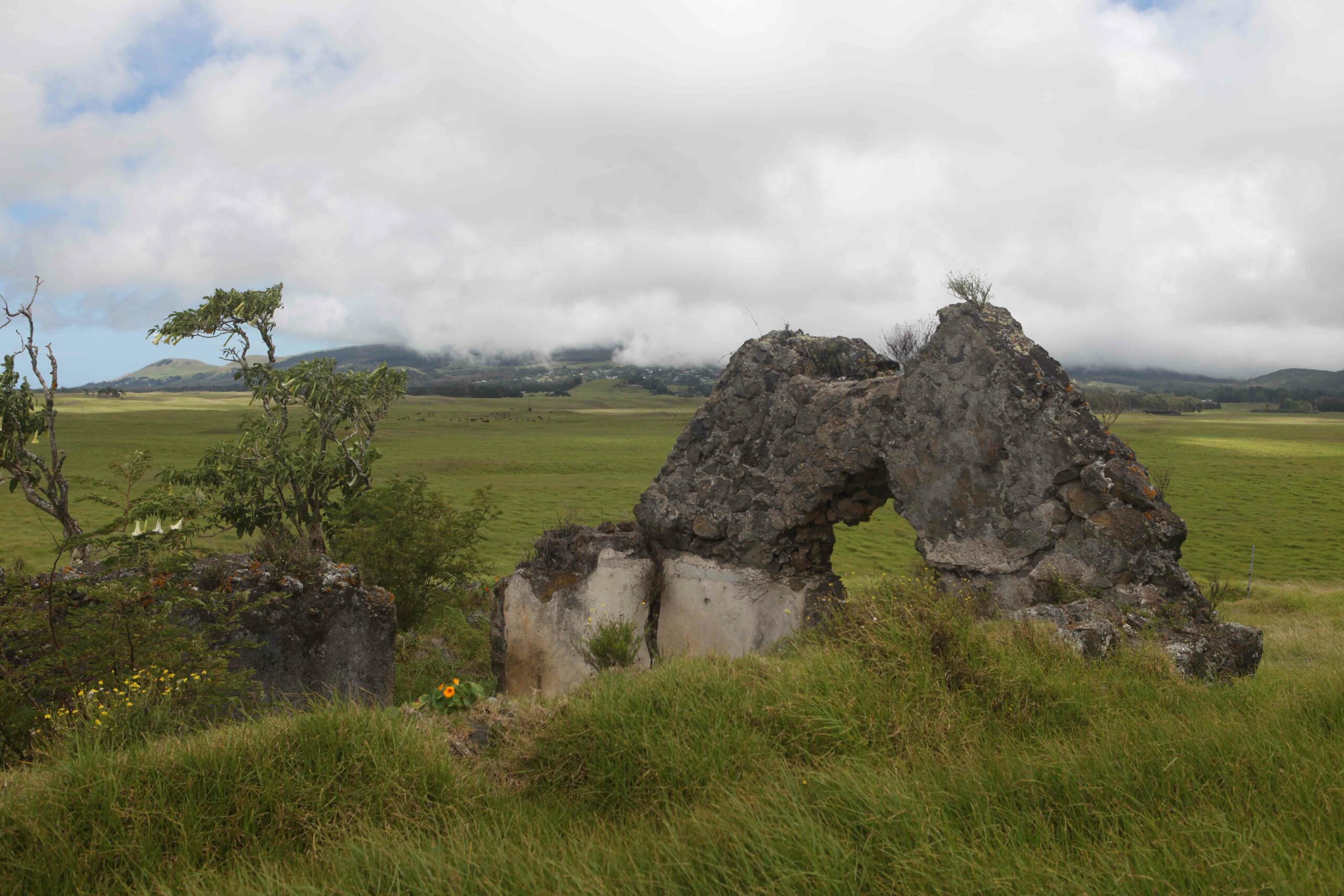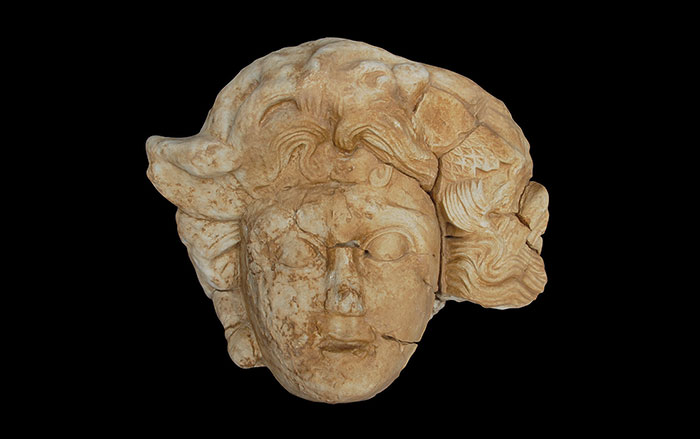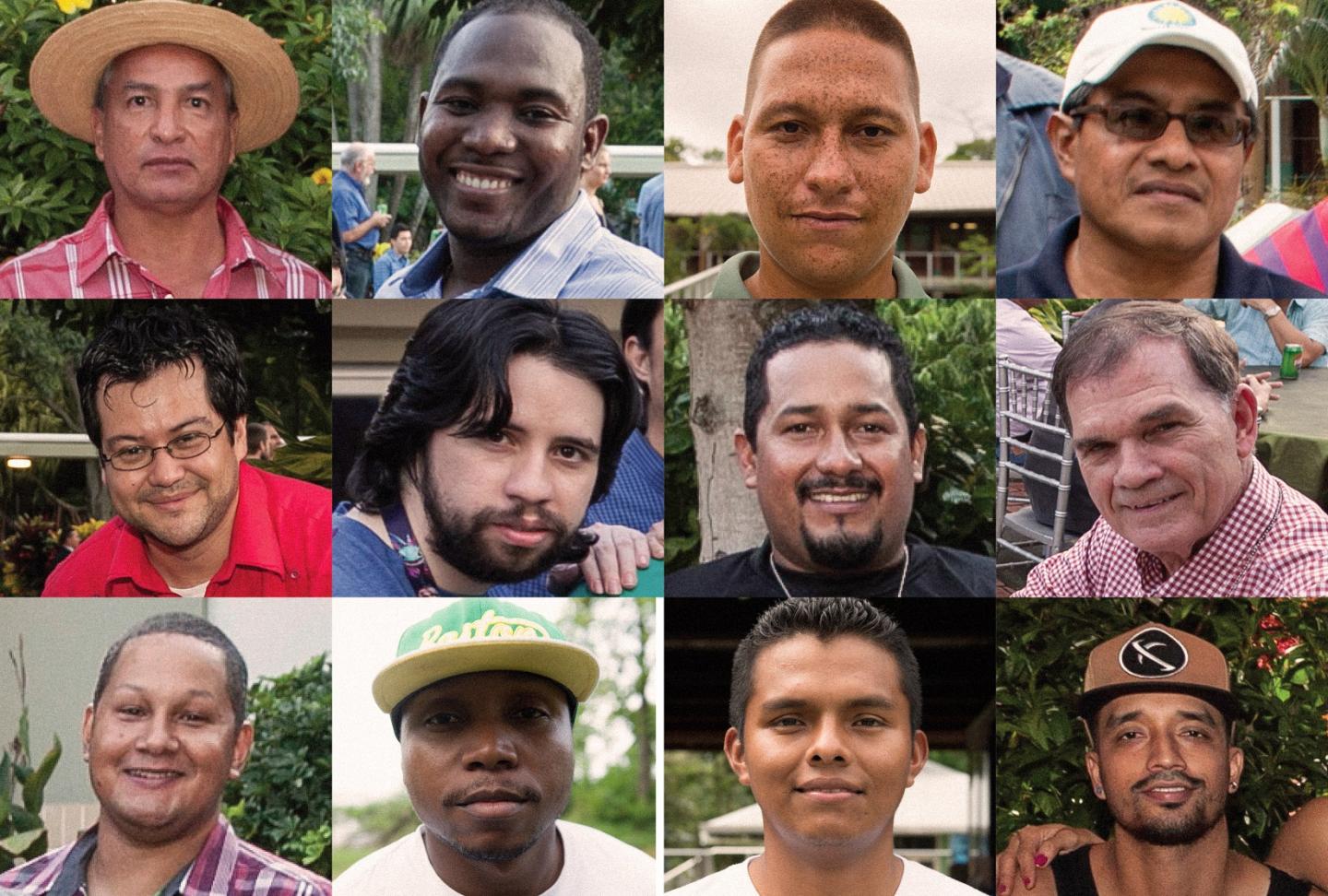
PANAMÁ CITY, PANAMÁ—According to a press release from the Smithsonian Tropical Research Institute, a new genetic study of 408 Panamanian men reveals that overall, only 22 percent of them carry Y-chromosomes of native origin. Sixty percent of the men’s Y-chromosomes, which are inherited from fathers, originated in West Eurasia and North Africa. Six percent of the Y-chromosomes came from sub-Saharan Africa, and two percent came from South Asia. In contrast, most of the men’s mitochondrial DNA, which is inherited through the maternal line, was of indigenous origin. Very few of the men had European mitochondrial DNA. The team of geneticists, including Antonio Torroni of the University of Pavia, also found that the percentage of Panamanian men with Eurasian Y-chromosomes varied regionally. In the early sixteenth century, most of the Spaniards who came to Panama settled on the Pacific coast, driving the indigenous groups that survived the invasion to the mountains and the Caribbean coast. Today, as many as 70 percent of Panamanian men living on the Pacific coast have Eurasian Y-chromosomes. Yet on the Caribbean side, as many as 88 percent of men carry indigenous Y-chromosomes. And as many as 44 percent of the men living in a region inhabited by escaped slaves now carry sub-Saharan Y-chromosomes. To read in-depth about archaeology in Panama, go to "Pirates of the Original Panama Canal."


